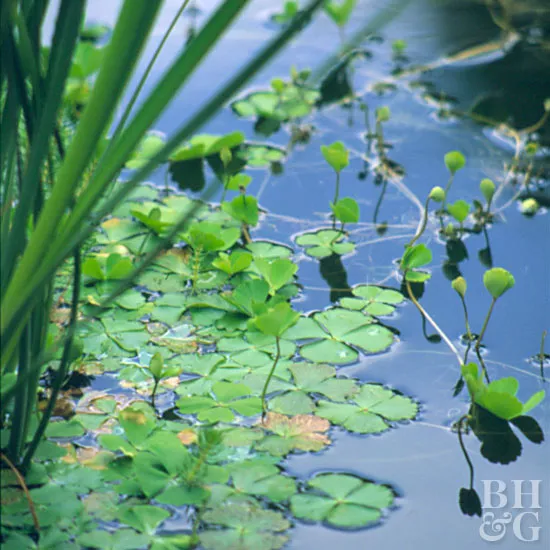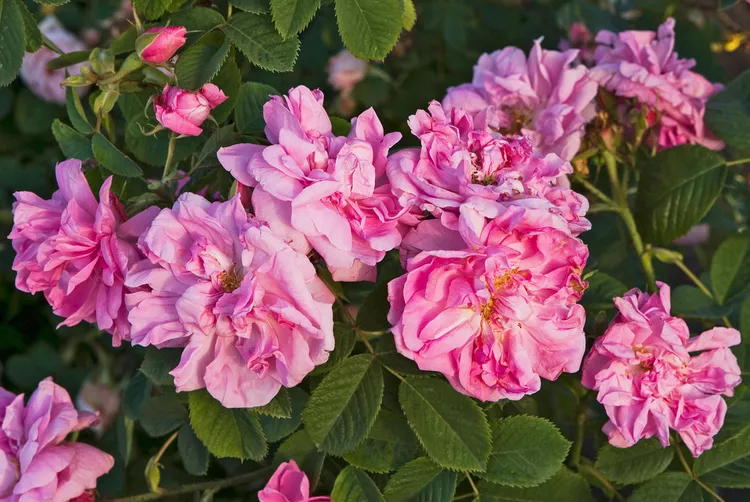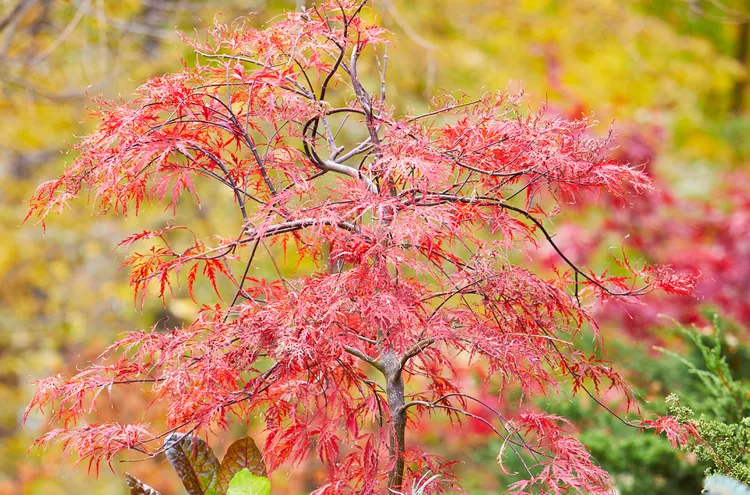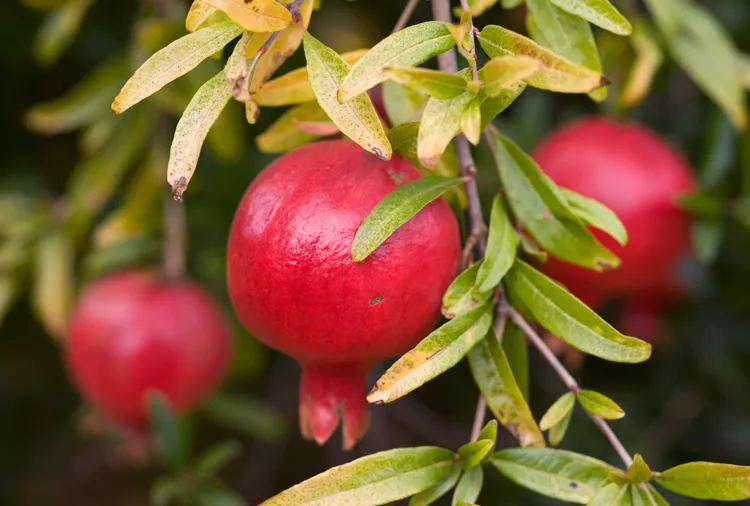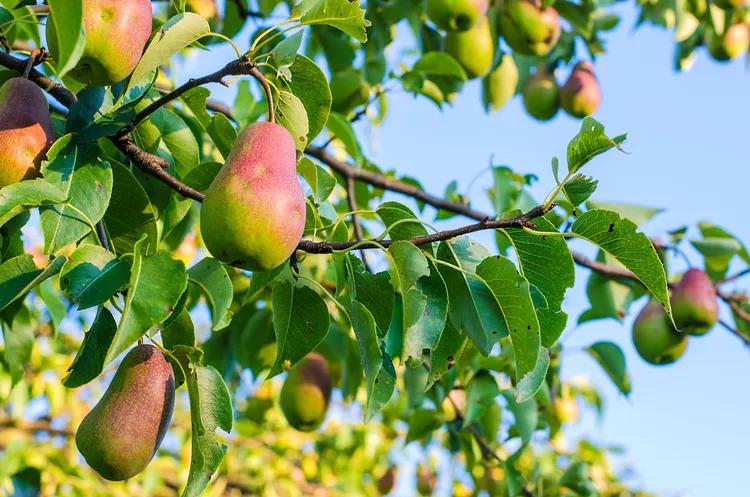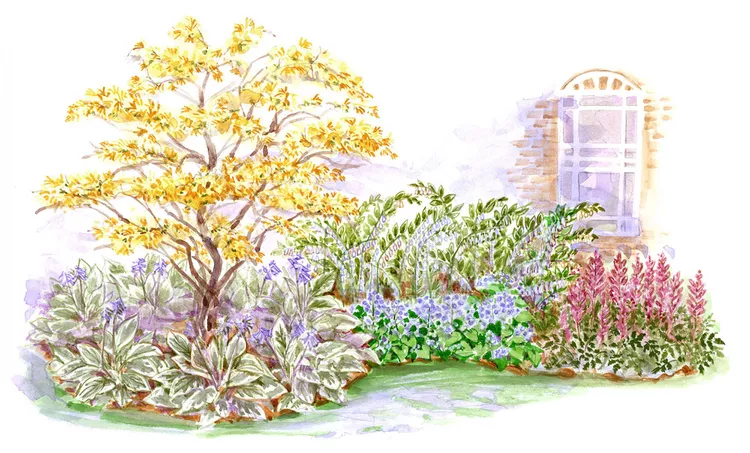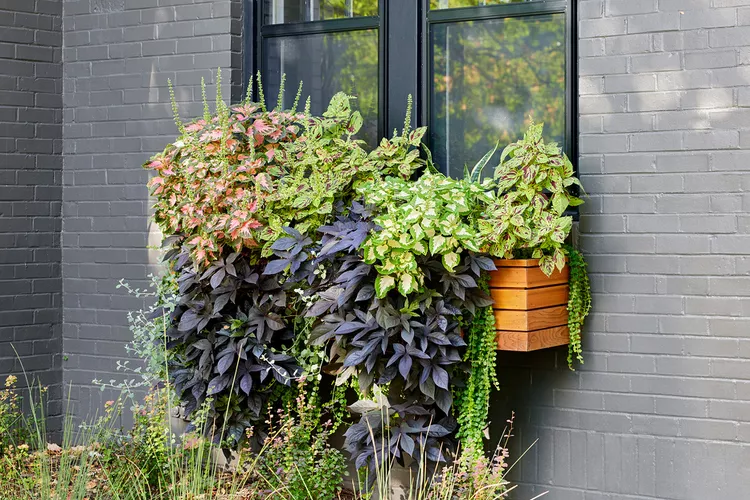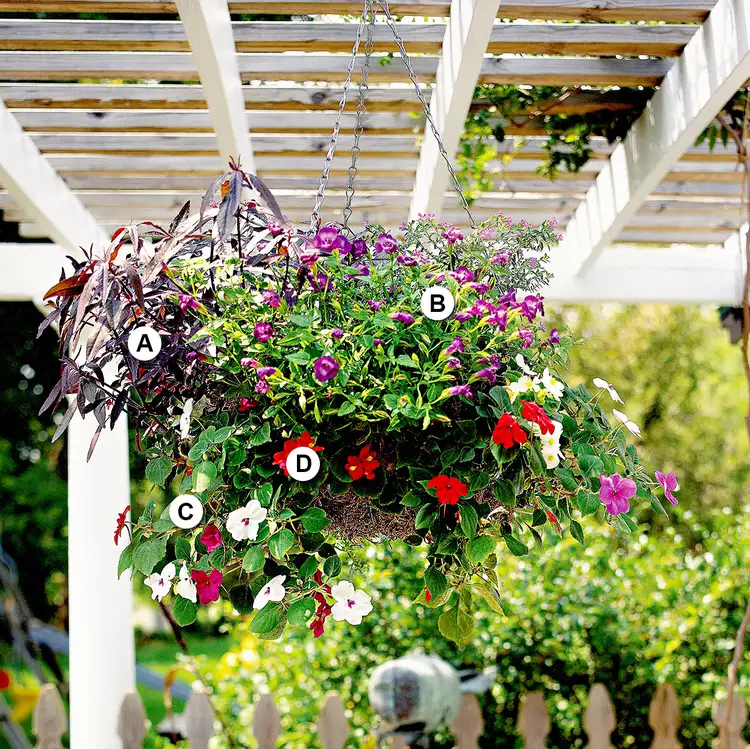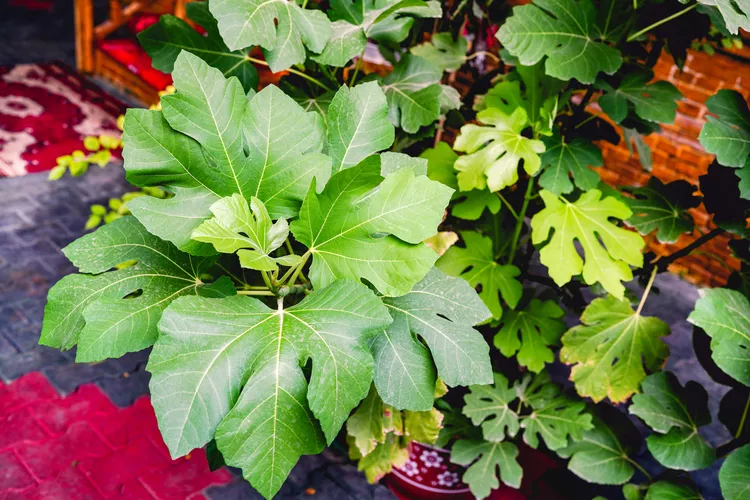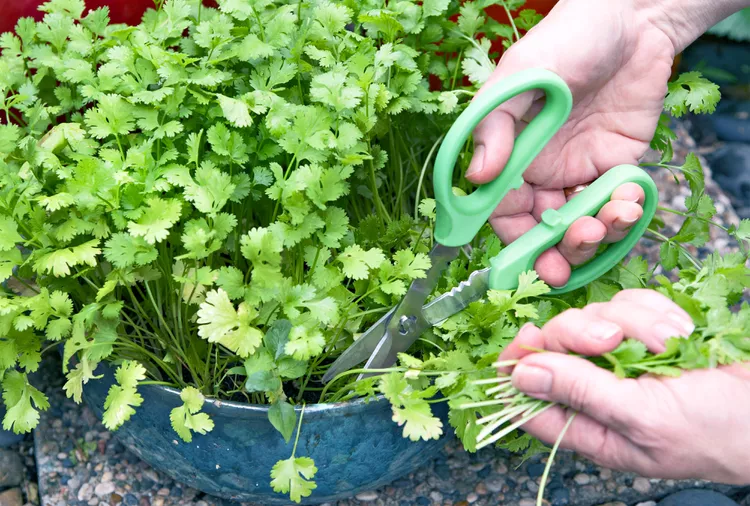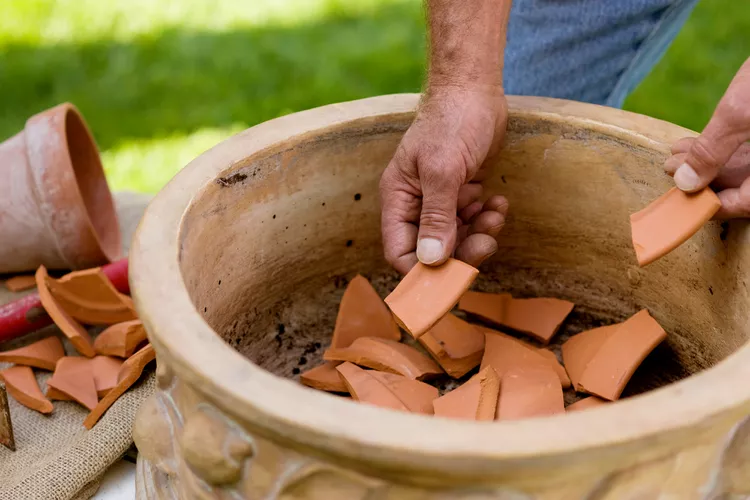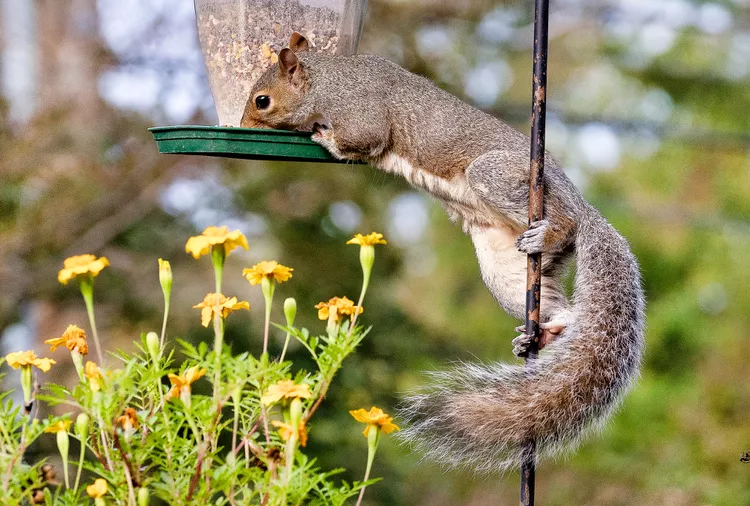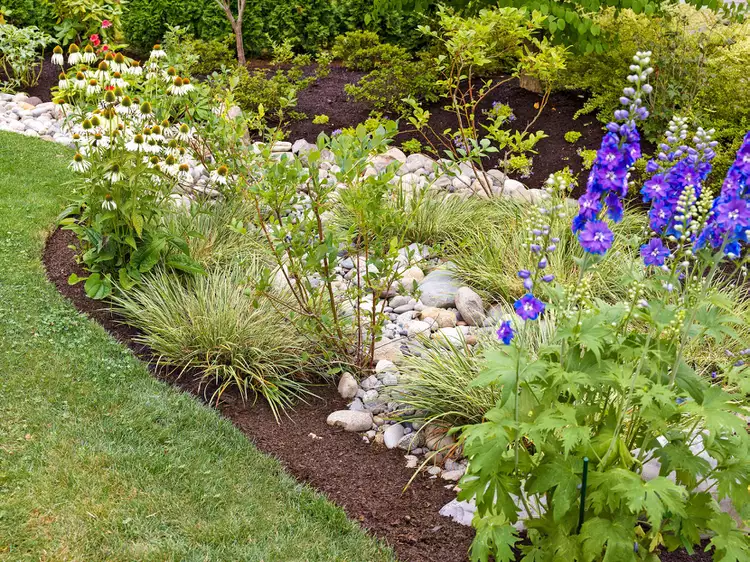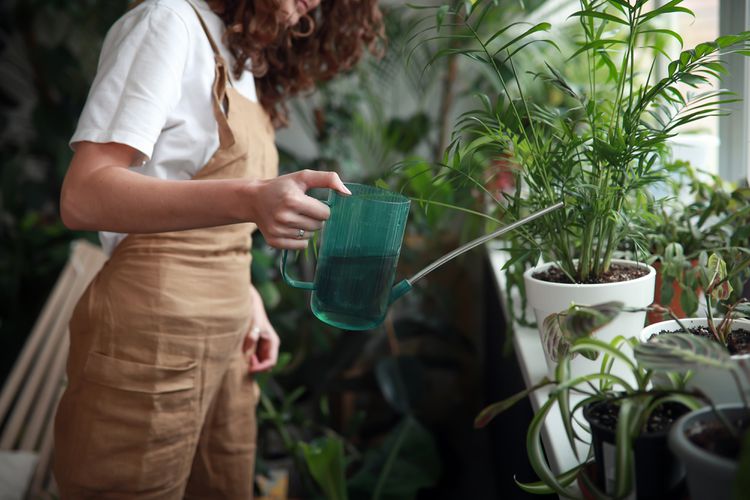Though it resembles a four-leaf clover, water clover is botanically classified as a fern because it produces spores. Aquatic plants (like water clover, lotuses, cattails, and grasses) are useful for maintaining an ecological balance in ponds, lakes, streams, or man-made bodies of water without the use of chemicals. When used properly, these aquatic plants not only reduce algae growth but also provide fish and other aquatic creatures with shade and helpful hiding spots.
Water clover is extremely easy to grow, and it spreads quickly—which is useful when creating wetland groundcovers. However, because of its quick spread, water clover should be grown with caution. In some areas, it is difficult to eradicate after it is established. Before planting it, know the regulations regarding growing water clover in your area.
Water Clover Overview
| Genus Name | Marsilea mutica |
| Common Name | Water Clover |
| Plant Type | Water Plant |
| Light | Part Sun, Sun |
| Height | 3 to 4 inches |
| Width | 2 to 10 feet |
| Foliage Color | Blue/Green |
| Special Features | Good for Containers, Low Maintenance |
| Zones | 10, 11, 8, 9 |
| Propagation | Division |
| Problem Solvers | Groundcover |
Where to Plant Water Clover
Water clover is exceptionally easy to grow, making it an excellent water garden plant for first-time gardeners. Grow it in a container-bound water garden and enjoy its cheerful four-leaf-clover leaves up close. It also grows well in quiet streams and ponds alongside water lilies and lotus. Plant it in the mud at the edge of a stream or pond where it will add welcome color and texture to the water surface.
Water clover can be problematic if it is allowed to grow unchecked. If it covers a pond, for example, it can deplete the oxygen supply to the water, killing the fish and other wildlife. For this reason, many species are banned or discouraged across the United States and Canada. Both Marsilea mutica and M. quadrifolia are considered invasive in Oklahoma and the sale of such plants is banned. European water clover (Marsilea quadrifolia) is considered invasive in several Midwest and mid-Atlantic states, including Maryland, Connecticut, New York, New Jersey, Wisconsin, Michigan, and Minnesota.
How and When to Plant Water Clover
Water clover plants can grow fully submerged, in the soil at the edge of the water, or in the substrate of a man-made feature. Just dig a small hole (large enough to accommodate the roots) and place the plant where you want it to start growing. If you are submerging your water clover, you may want to anchor it or tie it down to keep it in place. To control the spread of your water clover, consider keeping it confined to a large (at least 1-gallon) water-safe planter.
Water Clover Care Tips
An adaptable, fast-growing aquatic plant, water clover grows in boggy soil at the edge of a pond or stream, or in a marsh. It also grows submerged in water up to 18 inches deep.
Light
Water clover grows well in both full sun and part shade.
Soil and Water
Water clover thrives in damp soil and neutral water with a pH between 6.0 and 8.0, although it is very adaptable. It can also tolerate slightly acidic and mildly alkaline water but may not grow as abundantly.
Temperature and Humidity
The ideal climate for water clover is an air temperature between 72 and 82 Fahrenheit or a water temperature between 67- and 78 degrees Fahrenheit. Unsurprisingly, water clover tolerates high humidity well, but it can also tolerate seasonally dry conditions with little or no damage.
Fertilizer
Water clover does not require fertilization.
Pruning
If water clover begins to cover the surface of your pond or water feature, take measures to limit its growth. Otherwise, the plant could cause oxygen depletion in the water and kill any fish or wildlife that live there. The easiest way to remove water clover from water is by raking it from the pond or stream surface.
Pests and Problems
Water clover is not known for issues with pests and diseases, but waterfowl occasionally feed on the plant’s spore pods. In some regions, the green peach aphid (Myzus persicae) can cause issues like decreased growth, wilting, and shriveling.
How to Propagate Water Clover
Water clover spreads easily by vigorous rhizomes, so division is the simplest method of propagation. Using a sharp knife or shears, cut your plant into smaller pieces—each with at least one leaf and its own root system. Once divided, the newly divided water clover plants can be planted in individual containers or placed in other areas of your pond, lake, or stream.
Types of Water Clover
Bigfoot Water Clover
Bigfoot water clover (Marsilea macropoda) is a robust perennial that produces clover-like leaves that sometimes stretch to 10 inches in height. It has a ground-hugging growth habit and forms large, dense mats of green along the mud and wet sand. It does not produce flowers but spreads aggressively via spores and may require maintenance to keep it from overtaking areas where conditions are particularly favorable.
European Water Clover
European water clover (Marsilea quadrifolia). This type of aquatic fern anchors itself into the sediment of slow-moving waters and can thrive in sandy, loamy soil with full sun or partial shade. It is native to Europe and Asia but is considered invasive in several Midwest and mid-Atlantic states. This version of water clover spreads via creeping rhizomes and bears thin green stalks that rise to the water’s surface bearing clover-like leaflets that float on or sit just below the surface of the water.
Hairy Water Clover
Hairy water clover (Marsilea vestita), forms dense colonies that spread via rhizomes in mud or shallow water. It is semi-terrestrial, which means it can live partially, but not wholly on land. This version of water clover features soft hairy leaflets and hairy stems.
Marsilea Mutica 'Variegata'
This version of water clover has floating 3-inch-wide copper-green leaves with arching reddish-brown stripes. It reproduces via spores and is prohibited in some states (including Oklahoma). It can grow in 4 inches of water or less and is hardy in zones 5-10.
Companion Plants for Water Clover
Lotus
Native to Asia and Australia, the lotus is considered sacred by the Buddhist and Hindu religions. It's also prized by water gardeners (in hardiness zones 4-10) because it's both beautiful and easy to grow. Flowers are short-lived—appearing for only a few days followed by large ornamental seed pods—but the plant's canopy of waxy blue-green leaves can reach two to three feet in diameter. Some varieties require a large aquatic space to spread, but other varieties are well-suited for container-grown or small water gardens. Check the descriptions or consult with a local nursery expert before adding it to your pond, lake, or container.
Pitcher Plant
The pitcher plant is an underused, carnivorous pond-side plant. Carnivorous as in, it eats insects. This trait makes it an excellent pest-control option for habitats where flies, wasps, beetles, and ants are an issue. Plus, they are pretty. As they develop, you can enjoy the tube-shaped leaves of the pitcher plant (Sarracenia spp.) as well as the fascinating springtime red, purple, yellow, or green flowers.
Water Lily
Water lilies are classic water plants that come in a rainbow of color options. Many of the hardy varieties have soft, pastel flowers; but tropical varieties come in jewel tones of bright blues, purples, oranges, and yellows. They will grow in almost any part of the United States (zones 3-11) and can be kept in containers for those without access to naturally-occurring bodies of water. What’s more, water lilies can improve the overall health of a pond or lake and reduce the production of algae by providing necessary shade at the water’s surface.
